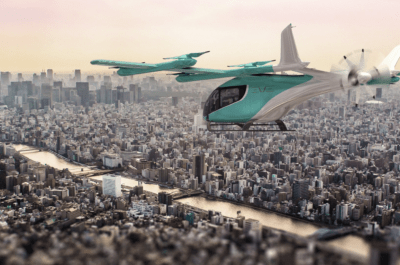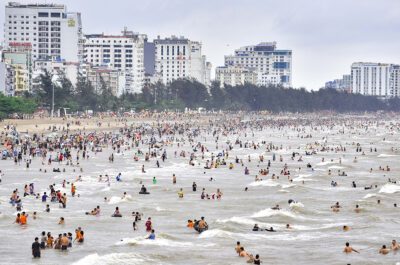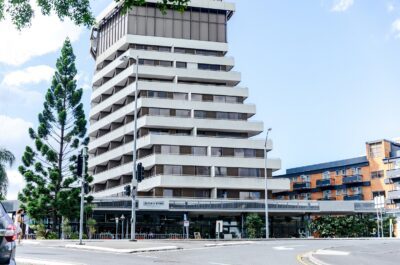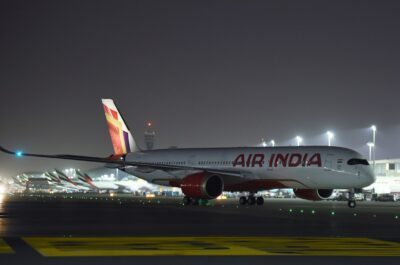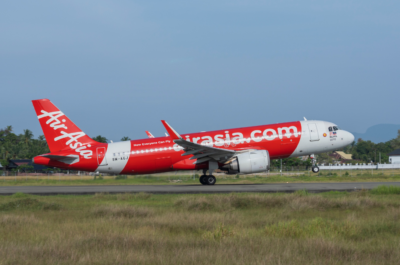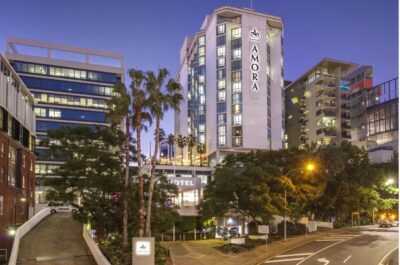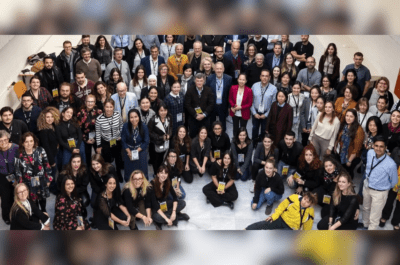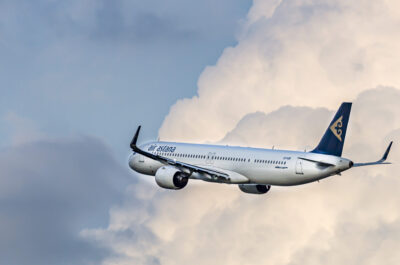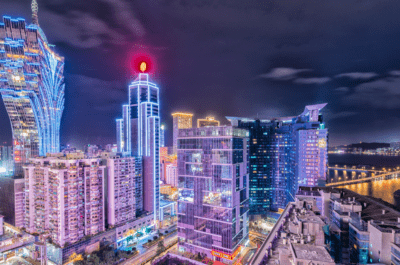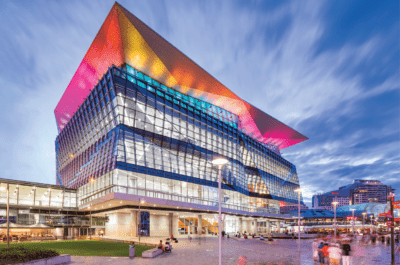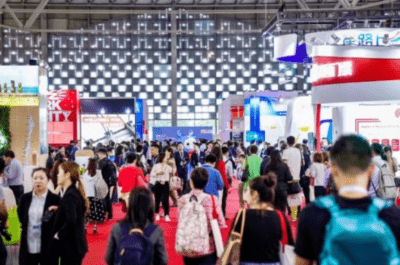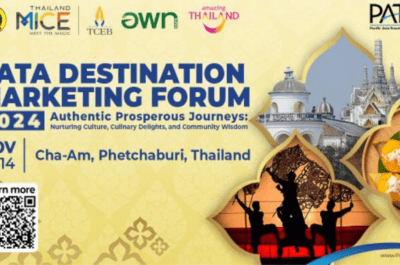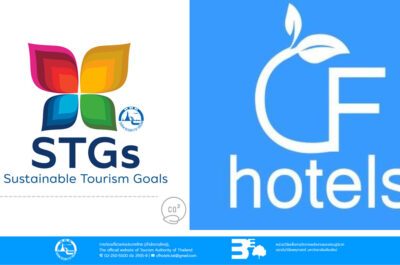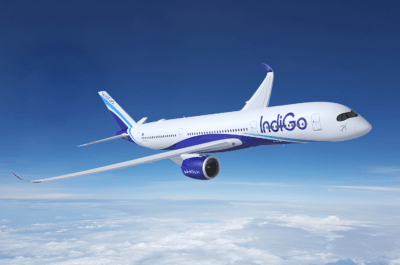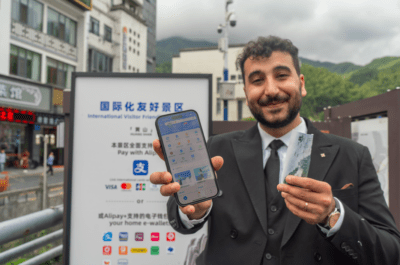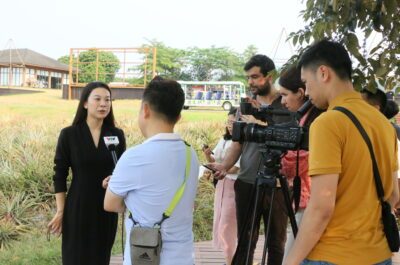South African Tourism CEO Moeketsi Mosola welcomed a delegation of fifty Japanese travel agents, media and corporate stakeholders to Johannesburg on the last day of the biggest familiarisation visit to…
South African Tourism CEO Moeketsi Mosola welcomed a delegation of fifty Japanese travel agents, media and corporate stakeholders to Johannesburg on the last day of the biggest familiarisation visit to South Africa by the Japanese travel trade.
He said that Japan had consistently been among South Africa’s top three trading partners internationally and the most important market for tourists from Asia. Mosola was speaking at an event co-hosted by South African Tourism and the Gauteng Tourism Authority at one of South Africa’s seven UNESCO World Heritage Sites, the Cradle of Humankind at the Maropeng Interpretation Centre.
According to Ms Zolelwa Mukozho, South African Tourism Portfolio Manager for Asia, delegates had participated in a week long familiarisation trip in South Africa where they were exposed to some of the iconic destinations that this country offers.
“The familiarisation trip gave these 50 agents the opportunity to experience South Africa personally. We know that experiencing a destination first hand makes it easier to sell that destination with passion, with enthusiasm and with all the excitement that knowing what you are talking about brings. We expect that this initiative will open our destination up for Japanese tourists and quantifiably grow arrivals to South Africa from Japan,” said Mukozho.
Mukozho went on to say that 2005 had seen over 27 000 Japanese tourists traveling to South Africa and that it was South African Tourism’s ambition grow this number to 50 000 tourists by 2010.
“Japan is one of South African Tourism’s key investment markets in Asia and in the last two years, we have made a concerted effort to establish and nurture strong relationships with key trade partnerships in the market. The Council of South African Tour Operators, Thompsons Japan, Planet Tour Services, the Japan Association of Travel Agents (JATA), UTI Japan, Cathay Pacific and South African Airways have played a significant role in driving tourism arrivals to South Africa,” commented Mosola.
The familiarisation trip is but one component of South African Tourism’s relationship with the Japanese trade in its quest to grow arrivals from Japan. In November this year, JATA will host its annual board meeting in South Africa. “This is another opportunity for us to further cement our relationship with one of the most influential travel trade bodies in Japan and we will certainly be putting our best foot forward,” assured Mosola.
When the travel agents return to Japan, South African Tourism will host trade workshops where these and other agents will be provided with the tools to effectively sell the destination.
The tools will include an introduction to the South African Tourism Trade Extranet, which allows users to navigate their way through South Africa’s wealth of destinations, attractions and activities in a virtual environment.
“South African Tourism is committed to a partnership for profitability with our Japanese partners. These initiatives are designed to further grow Japanese arrivals to South Africa and to entrench South Africa as a diverse holiday destination with the warmest welcome, friendliest people, unrivaled scenic beauty and excellent value-for-money,” concluded Mosola.


















